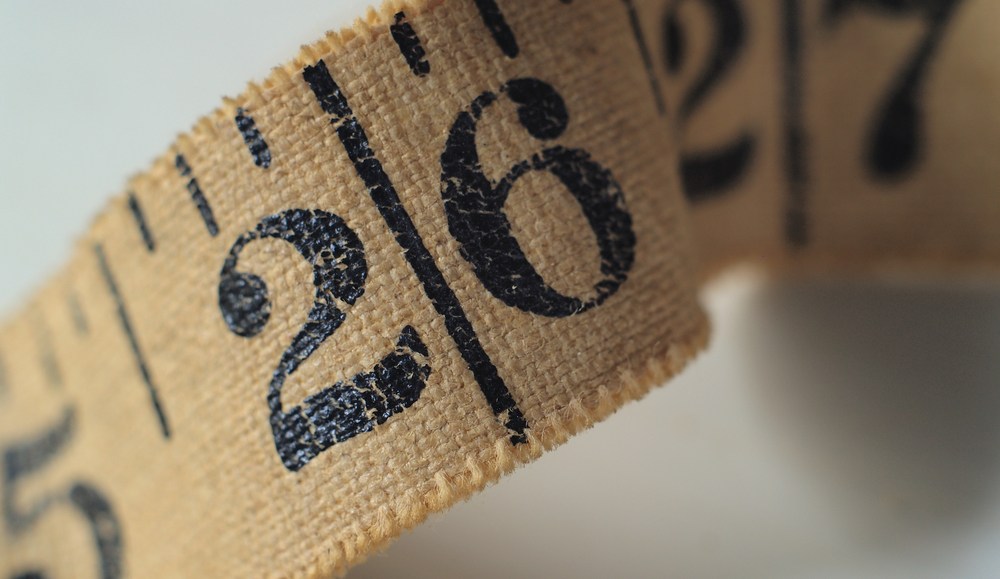Register by Jan 13 to save on passes and connect with marketers from Uber, Bose and more

Publishers still aren’t sure how to measure the effectiveness of native ads. Some say pageviews are the answer. Others say the proof is in engagement. At the Digiday Publishing Summit this week, we asked several publishers how they quantify the success of native ads at their publications. Here’s what they had to say.
Robyn Peterson, chief technology officer, Mashable
We measure it based on engagement with that content, whether it’s on site or off. So share counts are a big deal for us. How often do — and what percentage of — people come to the article, read it and then share it off to Facebook? That’s really a meaningful metric for us.
Rich Routman, chief revenue officer, Sporting News
We have tried to move away from click-through rates overall because we think it’s just a little bit of a Stone Age metric. From our side, measuring effectiveness is driven by pageviews. It’s driven by the amount of time people are spending on that page. It’s driven by the number of people retweeting that story. [It’s] any kind of engagement that we can drive that can be more organic than someone just clicking on the page.
Mark Howard, chief revenue officer, Forbes
For native advertising, we’ve been using publisher metrics. The whole concept is that brands act as publishers. So for that, we’ve given them the same dashboards that we actually give our staffers and contributors. Meaning, they can go in and look at any time — updated every 15 minutes — at their pageview counts, unique visitor counts, followers, shares, comments counts, and be able to sort that data over any time period they want. We’ve also given them a second dashboard that looks at their social metrics that come with their content. So as that content is distributed across the Web, via sharing or copy-pasting and being linked to any social feeds, we can look at social actions and referrals by social network.
Samantha Skey, chief revenue officer, SheKnows
We measure the efficacy of native ads approximately the same way we measure efficacy of content. So essentially, volume of interest, depth of interest, time spent engaged interacting with it, and then the desire to share. We also look at the amount of engagement that follows the first interaction of what the ad unit might be. Like other content we evaluate, we look at how many people find it interesting.
Tessa Gould, director of native ad products, Huffington Post
It depends on the advertiser objectives and what they’re trying to see, but by and large, at the moment, the biggest driver area and interest area for advertisers and brands is definitely engagement. Engagement means time spent on page, social actions, retweets. Those are the biggest areas of focus right now.
More in Media

Why publishers are building their own creator networks
Publishers are forming creator networks to regain control, combat traffic declines, and reach audiences shifting toward influencers.

The accidental guardian: How Cloudflare’s Matthew Prince became publishing’s unexpected defender
Cloudflare’s day job is fending off botnets and nation-state cyberattacks, not debating how Google and other AI firms crawl publisher sites.

A timeline of the major deals between publishers and AI tech companies in 2025
Here’s a list of all the major deals signed between publishers and AI tech companies in 2025.





